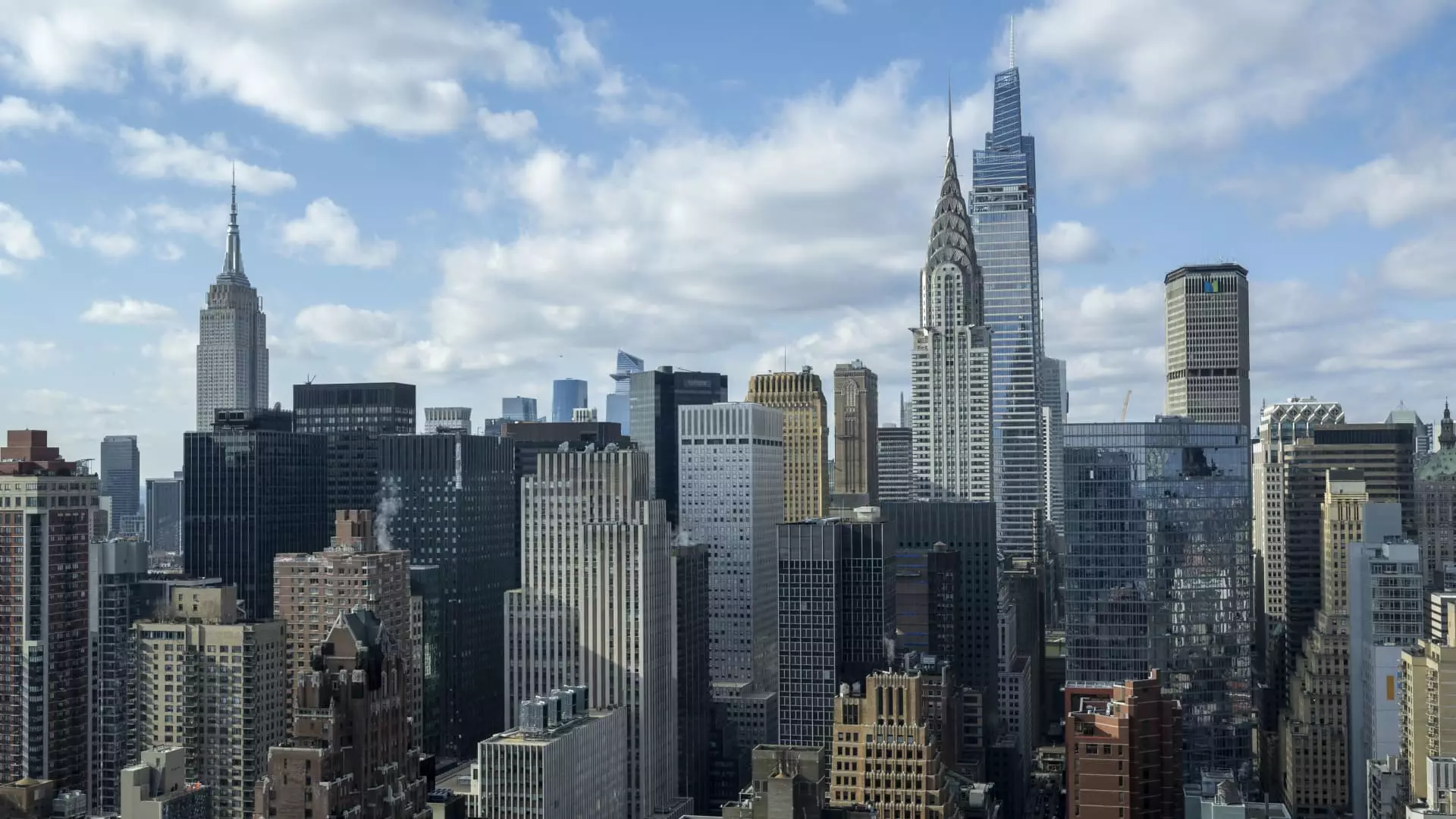In the wake of the COVID-19 pandemic, New York City’s commercial real estate market faced unprecedented challenges as businesses adapted to remote work. However, recent reports indicate a remarkable turnaround, showing that the demand for office space has returned to pre-pandemic levels. A substantial 25% increase in office demand during the fourth quarter from the previous year underscores a revitalization in this market. This resurgence can be attributed to new businesses moving in, alongside existing companies urging their employees to return to physical office spaces.
The data provided by VTS, a company specializing in tracking office leasing trends, reveals vital indicators for understanding the dynamics at play. VTS’s focus on unique tenant tours of available properties offers insightful predictions on future leasing activity. This user-centric approach forms a comprehensive picture of the re-emerging demand for office environments in Manhattan. Nick Romito, CEO of VTS, points out that these trends reflect the distinctive cultural and economic landscape of New York City, particularly within the finance and technology sectors.
SL Green Realty Corp, a major player in Manhattan’s commercial real estate market, recently published its earnings report, which, despite falling short of revenue expectations, highlighted the tightening of the office market. This indicator of increasing demand is significant, as Marc Holliday, CEO of SL Green, stated that projections from the city’s Office of Management and Budget suggest a rise of approximately 38,000 office-related jobs by 2025. These roles, concentrated in finance, business services, and IT, will contribute to substantial demand for office space. Holliday articulated that this new workforce requires physical office spaces rather than remote setups.
While SL Green reported an occupancy rate of 92.5% by year’s end, they expect this to improve towards 93% in the near future. Such figures illustrate the recovery momentum within New York City’s office market, revealing how slowly but surely businesses are transitioning back to traditional work models.
The expansion of prominent companies, such as IBM, further punctuates the trend of returning to office environments. With IBM recently leasing an additional 92,663 square feet at One Madison Avenue, the tech giant’s commitment to New York’s office landscape stands testament to a revitalized corporate confidence. Joanne Wright, an IBM executive, emphasized the importance of collaborative spaces in fostering workplace culture and facilitating interaction among employees and clients.
This movement among large firms demonstrates a broader trend; the office is once again seen as a pivotal space for innovation, collaboration, and social interaction, elements often compromised in remote work settings.
While New York emerges as a leader in the office space recovery, it’s crucial to note that other cities are also seeing positive trends. For instance, San Francisco reported a staggering 32% growth rate in office demand, albeit from lower initial figures. Similarly, cities like Seattle and Chicago have experienced approximations of 15% growth in the same period. These numbers reflect evolving workplace strategies, where hybrid models have become commonplace, encouraging consistent in-office attendance, alongside remote options.
Ryan Masiello, VTS’s Chief Strategy Officer, describes this scenario as indicative of a fragmented yet optimistic national recovery. Remarkably, the overall office space demand rose by 12% nationally during the fourth quarter, demonstrating resilience even amidst a cooling labor market.
The office market’s resurgence, particularly in New York City, symbolizes a collective transition back to a more traditional framework of work. As businesses adapt, the expectation is clear: rising confidence in the economy and long-term strategic planning are outweighing the uncertainties of the current labor market. The gradual but evident recovery may not only dictate trends for urban offices but may redefine the essence of in-person professional collaboration for years to come.

